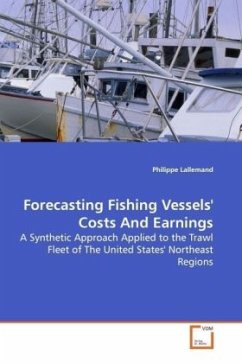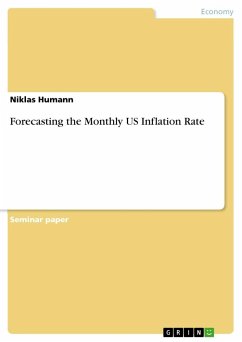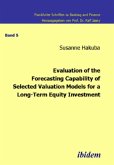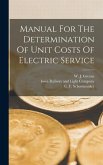This study describes the New England Otter Trawl
Fishery between 1982 and 1998 and the potential
economic impacts of regulations on the Northeastern
Multispecies Groundfish Fishery (MGF).
This research uses primary data collected by the
author and secondary data obtained from the National
Marine Fisheries Service (NMFS). This analysis
required extensive econometric analysis of both value
landed and cost data. The landed value is influenced
by the vessel's physical characteristics, port of
landing, seasonal choices of fishing gear-species
combinations, days at sea and distance from shore,
and the captain's skill (also referred to as the
"skipper effect"). The vessel-cost model is composed
of several equations, each corresponding to a
variable, indivisible or fixed cost item. The
estimated equations are used to synthesize an
economic model of vessel behavior, which was used to
examine the impacts of selected regulations on the
fishing industry. The results indicate differential
impacts, which affect larger vessels (especially
above 90 feet). This finding is pertinent to concerns
often expressed about the survival of small vessels
under an individual transferable quota (ITQ) regime.
Fishery between 1982 and 1998 and the potential
economic impacts of regulations on the Northeastern
Multispecies Groundfish Fishery (MGF).
This research uses primary data collected by the
author and secondary data obtained from the National
Marine Fisheries Service (NMFS). This analysis
required extensive econometric analysis of both value
landed and cost data. The landed value is influenced
by the vessel's physical characteristics, port of
landing, seasonal choices of fishing gear-species
combinations, days at sea and distance from shore,
and the captain's skill (also referred to as the
"skipper effect"). The vessel-cost model is composed
of several equations, each corresponding to a
variable, indivisible or fixed cost item. The
estimated equations are used to synthesize an
economic model of vessel behavior, which was used to
examine the impacts of selected regulations on the
fishing industry. The results indicate differential
impacts, which affect larger vessels (especially
above 90 feet). This finding is pertinent to concerns
often expressed about the survival of small vessels
under an individual transferable quota (ITQ) regime.








